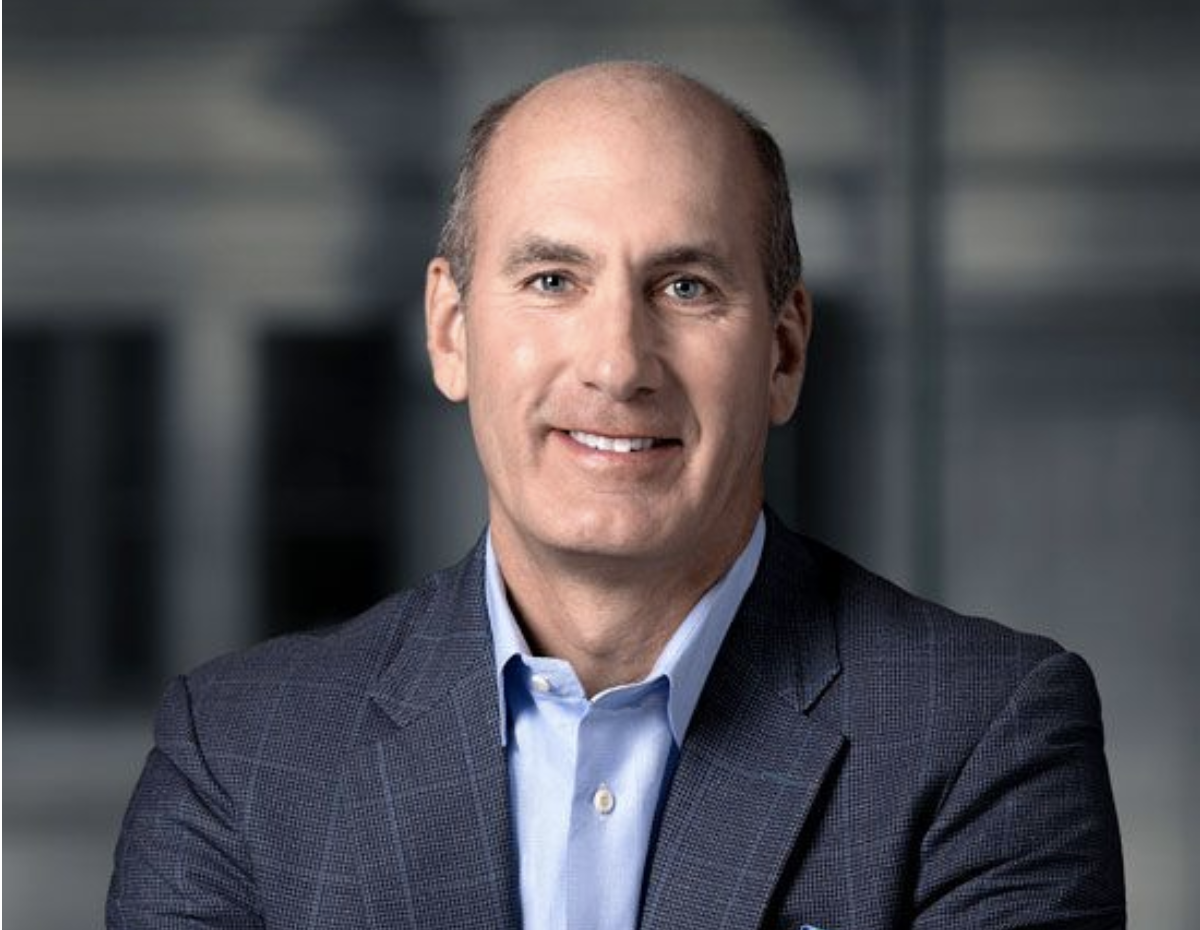Stankey: HBO Max Added 4 Million Customers Since Q3
AT&T CEO said streaming service is at 12.6 million subs, new day-and-date slate can only help

AT&T’s flagship streaming service HBO Max has added about 4 million new subscribers since the end of Q3, telco CEO John Stankey told an industry audience Tuesday, adding that the service’s new strategy to release tentpole movies in theaters and through streaming should only accelerate those numbers.
HBO said in November that it would debut its Wonder Woman 1984 theatrical release on the HBO Max service and in theaters on the same day -- Dec. 25. A few weeks later it expanded that to include all of its Warner Bros. studios output for 2021 to be released in theaters and HBO Max simultaneously. According to the plan, the movies will be on HBO Max for their first month of release, and from then on be available only in theaters.
HBO Max ended Q3 with about 8.6 million new customers, a figure that was criticized as being too small, compared to other streaming services like Disney Plus. But at the UBS virtual TMT conference Tuesday, Stankey said those numbers have grown substantially since the company announced its new day-and-date strategy.
“Probably tomorrow we’ll be about 4 million higher,” Stankey said of HBO Max subscriber rolls. “That’s an incredible pace. Putting the slate out there is only going to accelerate that further.”
Stankey added that engagement, one of the key metrics in launching the HBO Max service in the first place, also is accelerating. He said that in the last 30 days, the number of hours customers are engaging with HBO Max has risen by 36%.
“This is really what’s under it -- it’s to move to scale quickly, it’s to give customers choice, it’s to allow the industry to have this transition moment,” Stankey said. “And most importantly, because we care about theatrical and we care about streaming, it ensures that we’re doing this in a way that we still show respect for theatrical venues and distribution, and not go and push all of our content on a direct to streaming exclusively construct, or hand it off to our competitors that aren’t as invested in the theatrical business.”
Stankey said the decision to revamp the theatrical release structure wasn’t made lightly. But he said the models are shifting and allowing other streaming services to use its content to drive tier results seemed no longer viable.
Multichannel Newsletter
The smarter way to stay on top of the multichannel video marketplace. Sign up below.
“In some cases, where people are choosing to push that product out into alternate platforms, like selling it directly to steaming, from our perspective and our company as a media company and a distribution company, going and giving these people that are some of your most significant competitors additional arms is probably not the most intelligent way to deal with that content,” Stankey said. “We have other levers we can pull.”
Stankey also addressed the pushback on the day-and-date strategy from Hollywood.
“If we just simply sit here and say this is about whether or not people go to movie theaters, I think we’re missing the broader point which is today, even before WarnerMedia made this decision, customers could go watch great two-hour content on a variety of competitive services to HBO Max or any other streaming service that was out there,” Stankey said. “Some of them, very significant releases. Customers are going to drive what occurs in the market ultimately.”
He also addressed criticism from Hollywood that by eliminating windows it diminished the value of theatrical content.
“If we’re being really honest about this, I think there is a win, win, win here,” Stankey said. “Ultimately, people want to make money, people want to build great content, to have the opportunity for customers to experience what their great creative work is. I think as everybody sits down and sorts through that, there's a middle ground where everyone can walk away from this feeling like it was ultimately a good thing. But we can't have that conversation in isolation of the reality of where markets are going right now. Our approach to this has been to lean in and make sure we’re leaning into where things are going, not try to stay overly connected to what worked out for decades in a model that was in place for a period of time.”
Mike Farrell is senior content producer, finance for Multichannel News/B+C, covering finance, operations and M&A at cable operators and networks across the industry. He joined Multichannel News in September 1998 and has written about major deals and top players in the business ever since. He also writes the On The Money blog, offering deeper dives into a wide variety of topics including, retransmission consent, regional sports networks,and streaming video. In 2015 he won the Jesse H. Neal Award for Best Profile, an in-depth look at the Syfy Network’s Sharknado franchise and its impact on the industry.

